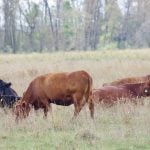
Tag Archives Soil

Get a jump in April with these jobs
Your canola crop can benefit later from steps you take now
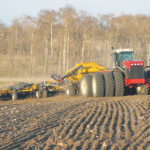
You may be ready for seeding, but is your land?
That early start to seeding is desirable, but not without some risks to manage
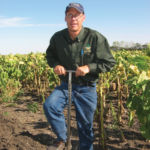
Farmers adjust fertility plans after tough fall
There’s still plenty of opportunity to get nitrogen on if you missed the fall application window

Healthy soil is the real key to feeding the world
It’s sustainability, not one production system or the other, that is the real solution
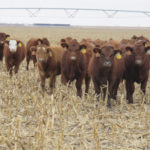
Grazing no compaction disaster
Nebraska researchers say grazing even at excess rates isn't a major contributor to soil compaction

On-farm water collection key to drainage management
Other farming practices such as enhancing soil health and better design and maintenance of surface drains can also help

Soil management, cover crops and recouping costs explored
Farm-specific cover crop integration was the backbone of the latest Manitoba Forage and Grassland Association grazing club workshop

Cover crops offer big potential, pose bigger learning curve
It’s got easier to draw a crowd for a cover crop talk, but those looking for a one-size-fits-all solution will be disappointed
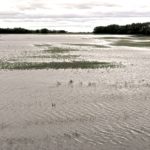
Manitoba storm may cause more than travel delays

Scientists studying how to make poorer soils perform better
The work is in response to a growing problem of the loss of prime farmland to urbanization


